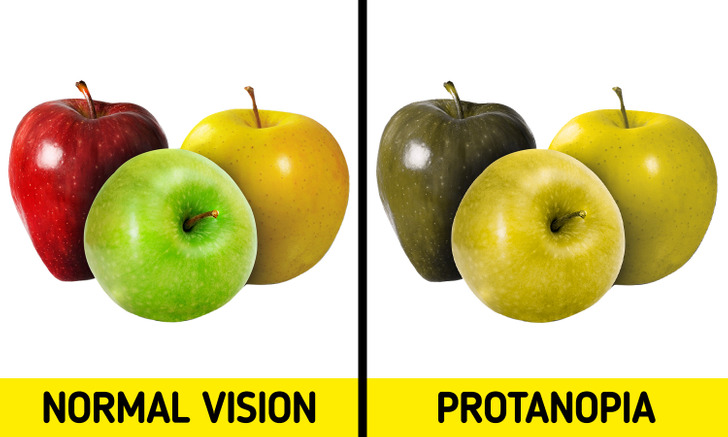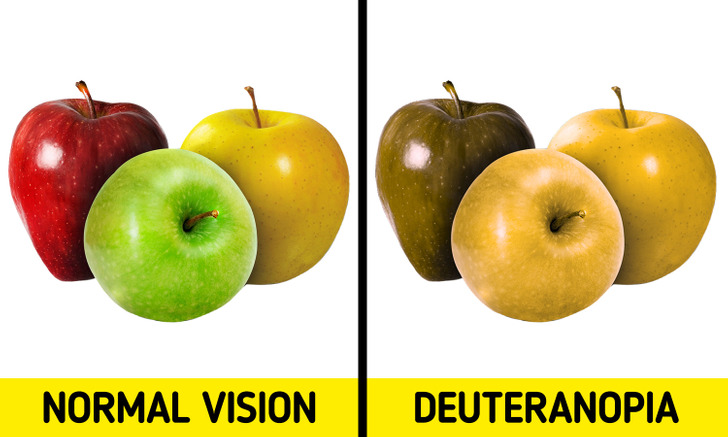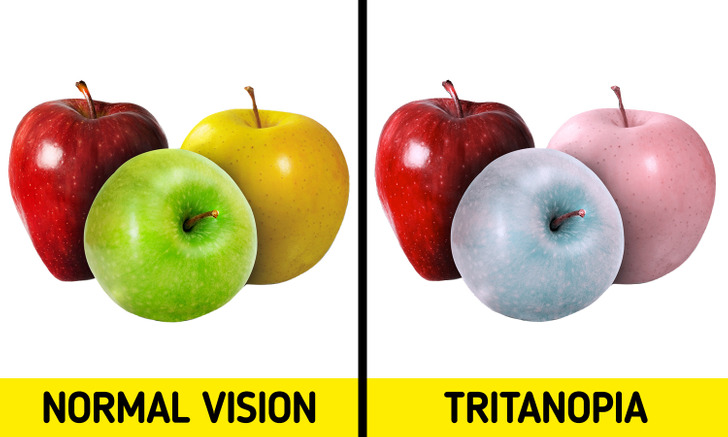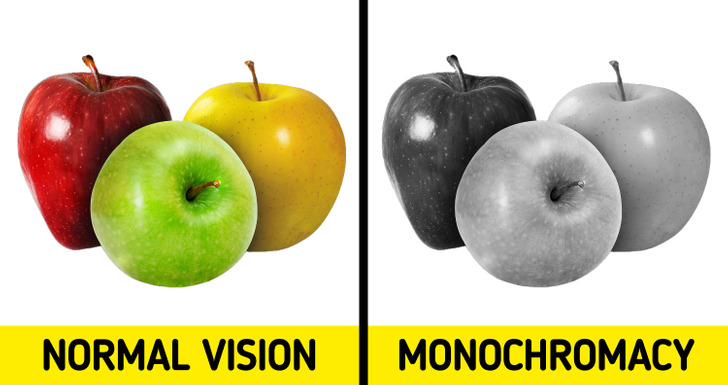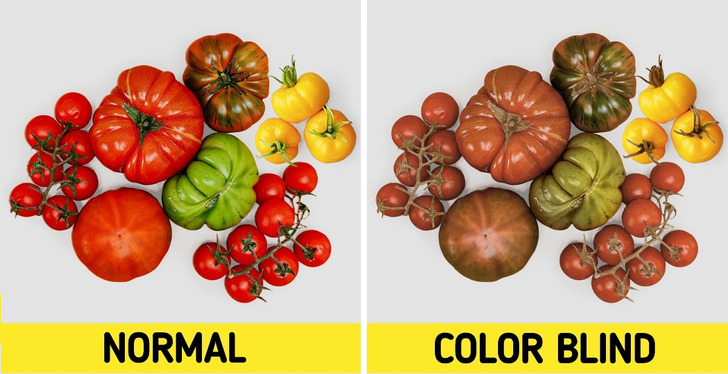How Color Blind People See the World
It may sound unusual, but colors aren’t a part of the objects we look at. Instead, they result from the light the objects absorb or reflect. Those particular colors we see are thanks to the retinas, located at the backs of our eyes, which signal our brain to decode and recognize which colors are which. However, some people cannot see the colors the way many of us do due to color blindness. We prepared this article to give some insight into color blindness. Read on to learn more about it.
❗ This article is for informational purposes only and can’t replace professional advice. Please consult your doctor if you suffer from the symptoms described in the article.
How you perceive colors
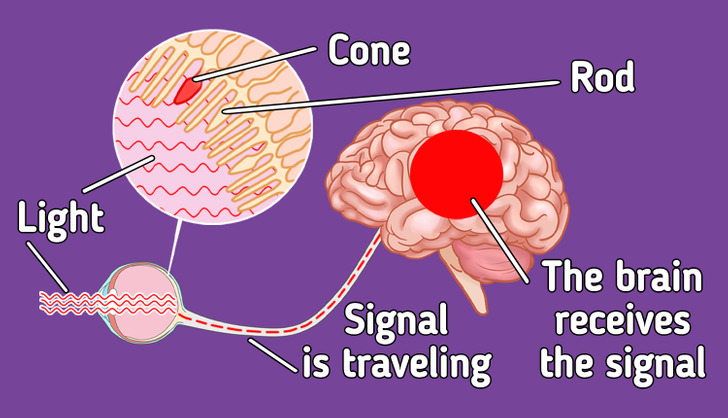
As mentioned above, light perception happens in the retina, which is made of thin layers of cells. There are 2 types of light-detecting cells — rods and cones.
- Cones are sensitive to different colors, so they help us distinguish red, green, and blue. When looking at one of these, a particular cone is activated. Then they send the information to our brains.
- Rods, on the other hand, can help us see different levels of light.
So, for example, when seeing something red, the cone that is in charge of perceiving that color is activated. But if you were looking at something yellow, the red and green cones would activate since yellow is close to these 2 colors.
Since normal color vision uses all 3 types of cones to perceive the light, we call it trichromacy. On the other hand, people who have dichromatic color vision have only 2 types of cones that function correctly. There are 3 types of dichromatic color vision.
1. Protanopia
People with protanopia can’t identify the red light.
- They will confuse black with different shades of red; dark brown with dark red, orange or green, dark blue, purple, and black; blue with red, purple and dark pink; and green with orange.
2. Deuteranopia
People with both protanopia and deuteranopia see the world in hues of blue and yellow and often confuse brown, orange, red, and green.
- Deuteranopia is associated with being unable to perceive the green light. People with this condition mix up mid-green with mid-red, blue-green with gray and mid-pink, bright green with yellow, and light blue with lilac.
3. Tritanopia
With reduced reactivity to blue light, people often can’t distinguish between blue and yellow, violet and red, and blue and green. This is why they will see the world mostly in red, black, white, gray, turquoise, and pink colors.
- Tritanopia is where people can’t identify the blue light or make a distinction between blue and green, blue and gray, or dark purple and black.
Bonus #1: complete color blindness
Bonus #2: some more examples
One day, a Reddit user shared an Image, stating, ’’Different forms of color blindness.’’ We wanted to show you how ’’normal vision’’ differs from ’’deuteranomaly’’ in the case of a bunch of colorful tomatoes. © guilded-iron / Reddit
We’d love to hear your stories. Do you know anyone with color blindness? How do they cope with daily life? Please comment below!
